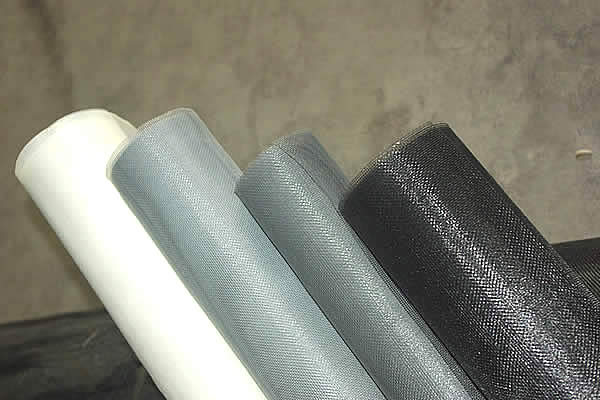Gabion walls are gaining popularity for their versatility, sustainability, and aesthetic appeal in landscaping and construction. As durable and cost-effective solutions for retaining walls, erosion control, and other purposes, it is essential to understand the factors influencing the cost per metre, ensuring one makes an informed investment.

Fundamentally, several variables contribute to the cost of gabion walls. Materials, labor, design complexity, and location are primary components driving the price. Understanding these elements can significantly aid in estimating project costs accurately.
Materials The Backbone of Gabion Wall Costs

The material cost is directly influenced by the quality and type of materials selected.
Gabion walls are composed of wire mesh baskets filled with rocks or other selected aggregates. The price can vary depending on whether you opt for cheaper fill materials like local stones or more expensive options like decorative stones or recycled materials for an eco-friendly approach. Additionally, the quality of the wire mesh, often galvanized steel or PVC coated for durability, plays a critical role. Premium materials will inevitably increase the cost but can offer more stability and longevity.
Labor Skilled Craftsmanship is Key
Labor is another significant cost factor. The complexity of a gabion wall installation dictates the extent of labor required. A straightforward installation on flat terrain is less labor-intensive compared to projects on sloped land that require precise engineering and additional support structures. Skilled labor ensures the wall's structural integrity, and while this expertise comes at a price, it is a worthy investment to prevent costly errors and future repairs.
Design Complexity Customization and Functionality
Design intricacies also impact the cost. Custom designs that cater to specific visual aesthetics or functionalities, such as curved walls or tiered structures, will naturally incur higher costs. Besides, additional features like integrated seating, planters, or lighting elements could raise the expenditure but significantly enhance the wall’s utility and visual appeal.
gabion wall cost per metre
Location Geographical Influences on Cost
Location significantly affects gabion wall costs. Transportation of materials adds to the overall expense, especially in remote areas. Furthermore, the geographical conditions can necessitate special considerations in design and construction, such as dealing with high rainfall, snow loads, or seismic activity, influencing the labor and material costs.
Cost-Effectiveness and Long-Term Investment
Despite the upfront costs, gabion walls present a cost-effective solution compared to traditional masonry or concrete walls. Their durability and low maintenance requirements mean that once installed, they provide long-lasting performance with minimal upkeep. This aspect makes them an appealing choice for many, offering excellent value over time.
Environmental and Aesthetic Advantages
From an environmental perspective, gabion walls are highly sustainable. They allow water to pass through, reducing pressure buildup and erosion. Moreover, they can be filled with recycled materials, promoting eco-friendly practices. Aesthetically, they offer a blend of natural and engineered beauty, making them a preferred choice for both residential and commercial applications.
Conclusion Balancing Cost and Quality
In the complex equation of gabion wall costs, balancing between budget constraints and quality is vital. Understanding the components that contribute to the cost per metre aids in making informed decisions that meet both financial and project requirements. Choosing quality materials and skilled labor, paying attention to design and location specifics, ensures that the investment in a gabion wall is sound, providing utility, aesthetics, and environmental benefits. As the market evolves, staying informed about the best practices and innovations in gabion construction can further enhance decision-making, ensuring the gabion wall stands as a testament to both functional and aesthetic excellence.
 TEL:
+86-13102802206
TEL:
+86-13102802206
 Email:
fencenetting@china.com
Email:
fencenetting@china.com
 Language
Language
 TEL:
+86-13102802206
TEL:
+86-13102802206
 Email:
fencenetting@china.com
Email:
fencenetting@china.com
 Language
Language



